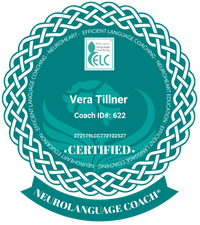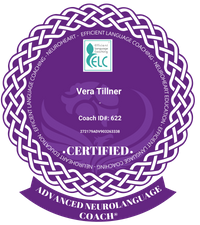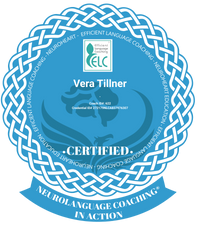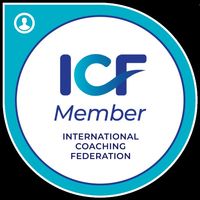Suchen
Kategorien
2023-01-20
Each Brain is Unique
A new perspective on language teaching
Coaching entered the world of language teaching a few years ago. I came across it only in April of 2019 because I had that growing feeling something was missing from my lessons. I was looking for ways to give all my learners the opportunity to improve their language skills. Even if their current level was low, if they were busy at work, if their motivation was low or if they found it difficult to connect with the new language. In order to maximize learning outcomes, I wanted to tackle the problem at its roots, where the learning happens.
It is all in your head
Learning takes place in the brain so, as a teacher, I need to know what is going on in my brain and in my learners’ brains.
I decided to get a qualification in Neurolanguage Coaching.
The Neurolanguage Coach integrates findings from neuroscience about the brain into a coaching process to improve language learning. The method suggests that if we teachers fully understand and apply the findings, we create brain-friendly education.
Do you know what is going on in your brain?
The human brain contains approximately 85 billion neurons which we use to store and transmit information. It is made of water and fat and even though it only makes up 2% of the body mass, it uses 25% of all the energy our body needs to run each day. While some scientists claim the brain needs so much “fuel” on thought and bodily processes and maintaining the upkeep of its cells, others assume that even during apparent inactivity, the brain puts together a map of information and experiences.
What do we know about the learning process inside the brain?
Thanks to modern technology, over the past 30 years neuroscience has taught us a lot about what the brain looks like and how it functions. The creator of Neurolanguage Coaching, Rachel Paling, summarises the key principles which affect how the brain learns and defines seven core principles for her method.
1. Strive for a calm brain state
2. Motivation is key
3. Ensure your learners’ attention
4. Encourage learners to use the language unconsciously
5. Chunk content down
6. Make connections with native or other existing language structures
7. Know about your brain and its habits
Neurolanguage Coaching - where language teaching meets coaching
Traditional teaching can be enriched by knowledge of coaching and ultimately make you a better teacher. A good coach shows various competencies, e.g. active listening, empathy, asking powerful questions, creating a safe setting, honesty, delivering constructive feedback and many more. These enhance the transfer of language knowledge. Together with the setting of clear and quantifiable goals with actions within a set period of time, and constant measurements of progress, Neurolanguage Coaching is very learner focused.
My financial and personal investment in a Neurolanguage Coaching certificate accredited by the International Coach Federation was well worth it. It has brought my training to another level and enhanced the learning experience for both me and my students.
In next month’s article, I will review Rachel Paling’s exciting book about brain friendly grammar conversations.
Neurolanguage Coaching® is a registered trademark in Europe and the US. All references in this article to Neurolanguage Coaching were made without the ® symbol, under the tacit understanding that it refers to the trademark.
ELTAS keeps you updated
https://www.eltas.de/events-2/
https://www.linkedin.com/groups/8743728/
Resources:
Paling, R. (2017), Neurolanguage Coaching. Brain friendly language learning.
https://www.opencolleges.edu.au/informed/features/10-things-discovered-learning-brain-2018/
https://www.medicalnewstoday.com/articles/322081#6.-How-do-brains-change-with-age?
https://coachfederation.org/core-competencies
https://neurolanguagecoachnetwork.com/
https://www.business-spotlight.de/business-englisch-lesen/we-know-each-brain-unique
Admin - 20:00:31 @ Language Learning | Kommentar hinzufügen








Keine neuen Kommentare